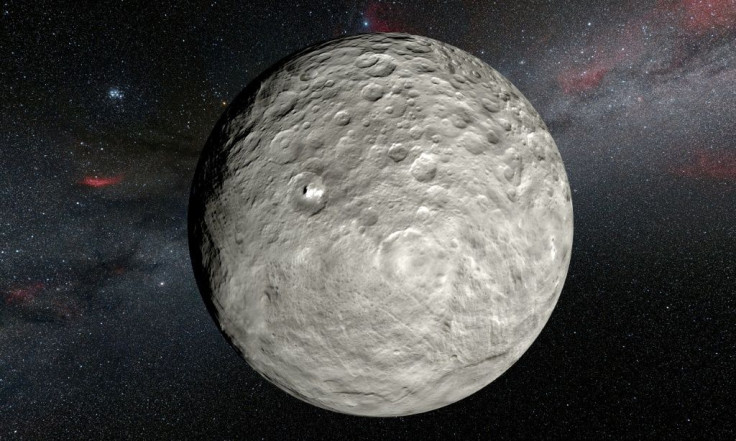NASA Asteroid News: 4 Asteroids Will Zip Past Earth To End September 2020
Capping off the month of September, 4 Near-Earth asteroids will be crossing the planet.
KEY POINTS
- A total of 4 asteroids will be crossing Earth's orbit by Sept. 30
- Asteroid 2020SQ has been included in the ESA's risk list
- All 4 asteroids will pass by at a safe distance from the planet
NASA's Center for Near Earth Object Studies (CNEOS) has recently discovered 4 asteroids that will be zipping by planet Earth in the next few days, capping off the month of September 2020 with a handful of Near-Earth Asteroids (NEAs), each with varying sizes and distance from the planet's surface.
Near-Earth Asteroids are those considered to have a perihelion distance q less than 1.3 astronomical units (150 million kilometers) from the Earth. These are divided into four groups according to their perihelion (orbit point closest to the sun) and aphelion (orbit point farthest the sun) distance, and their semi-major axes — namely Atira, Aten, Apollo and Amor.
The four asteroids to zip past Earth are all considered Apollo asteroids, mainly due to the fact that their semi-major axes are slightly larger than the planet. With diameters ranging from 55 to 219 feet, it is common for one to feel a slight panic when thinking of the effects these NEAs may cause if they come in contact with Earth. Luckily though, none of these asteroids will hit Earth.
Asteroid 2020SQ will be the first one to fly past the planet on September 30 at 12:10 p.m. EDT. With a diameter of up to 65 feet, it is as wide as a shipping container and will be zipping past the planet at a distance of 2,175,715.32 kilometers from the Earth's surface. While this asteroid is included in ESA's risk list, meaning it has a non-zero impact probability, its predicted impact date is still in 2117.
Meanwhile, the biggest among the 4 asteroids is 2020SO2, which is set to fly by at 4:41 p.m. EDT. Possessing a diameter size of up to 219 feet, it will pass by at a safe distance of 6.8 million kilometers from the planet.
The remaining two, named 2020SM4 and 2020SU5, each possess a diameter of up to 55 and 85 feet respectively, and will be crossing Earth at a distance of 3 million and 2 million kilometers.

© Copyright IBTimes 2024. All rights reserved.





















